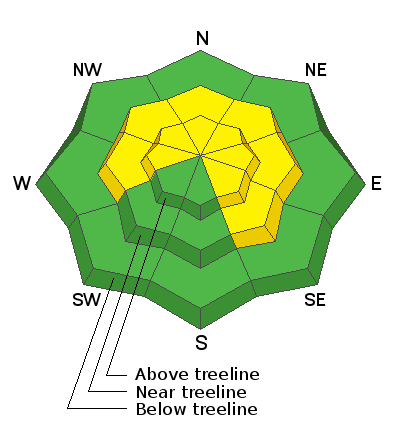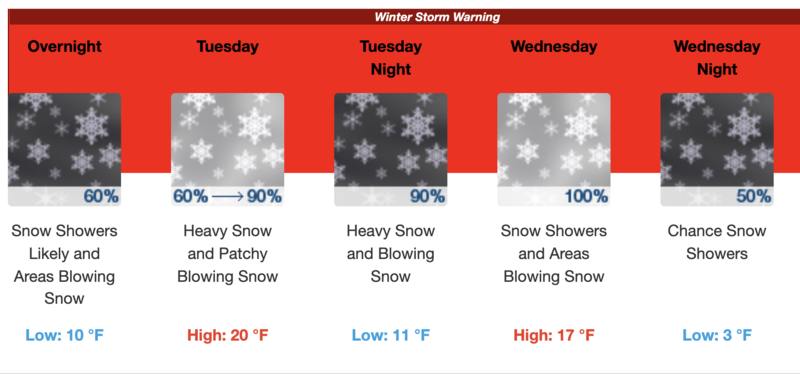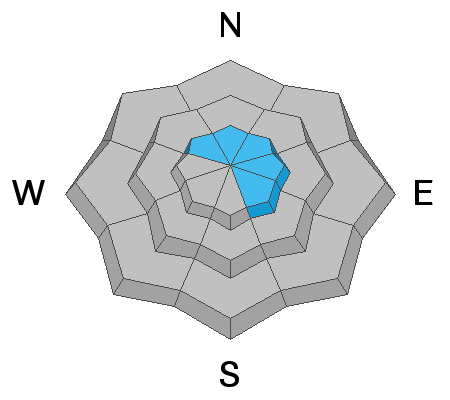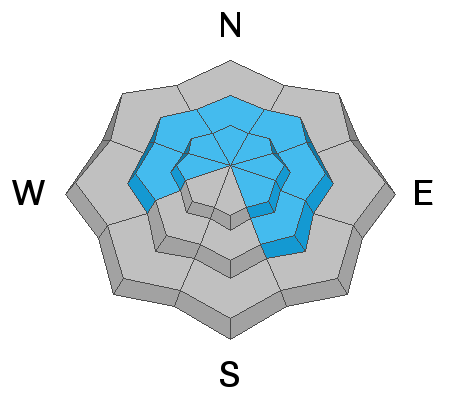Forecast for the Moab Area Mountains

Issued by Eric Trenbeath on
Tuesday morning, February 22, 2022
Tuesday morning, February 22, 2022
Heads up, increasing avalanche danger over the next 24 hours!
The avalanche danger is MODERATE this morning but could reach CONSIDERABLE later today. New and wind drifted snow is beginning to pile up on a variety of old and weak snow surfaces. Backcountry travelers need to be alert to changing conditions today. Be suspicious of steep slopes that have more than about 6" of new snow and avoid steep slopes with fresh deposits of wind drifted snow.

Low
Moderate
Considerable
High
Extreme
Learn how to read the forecast here









